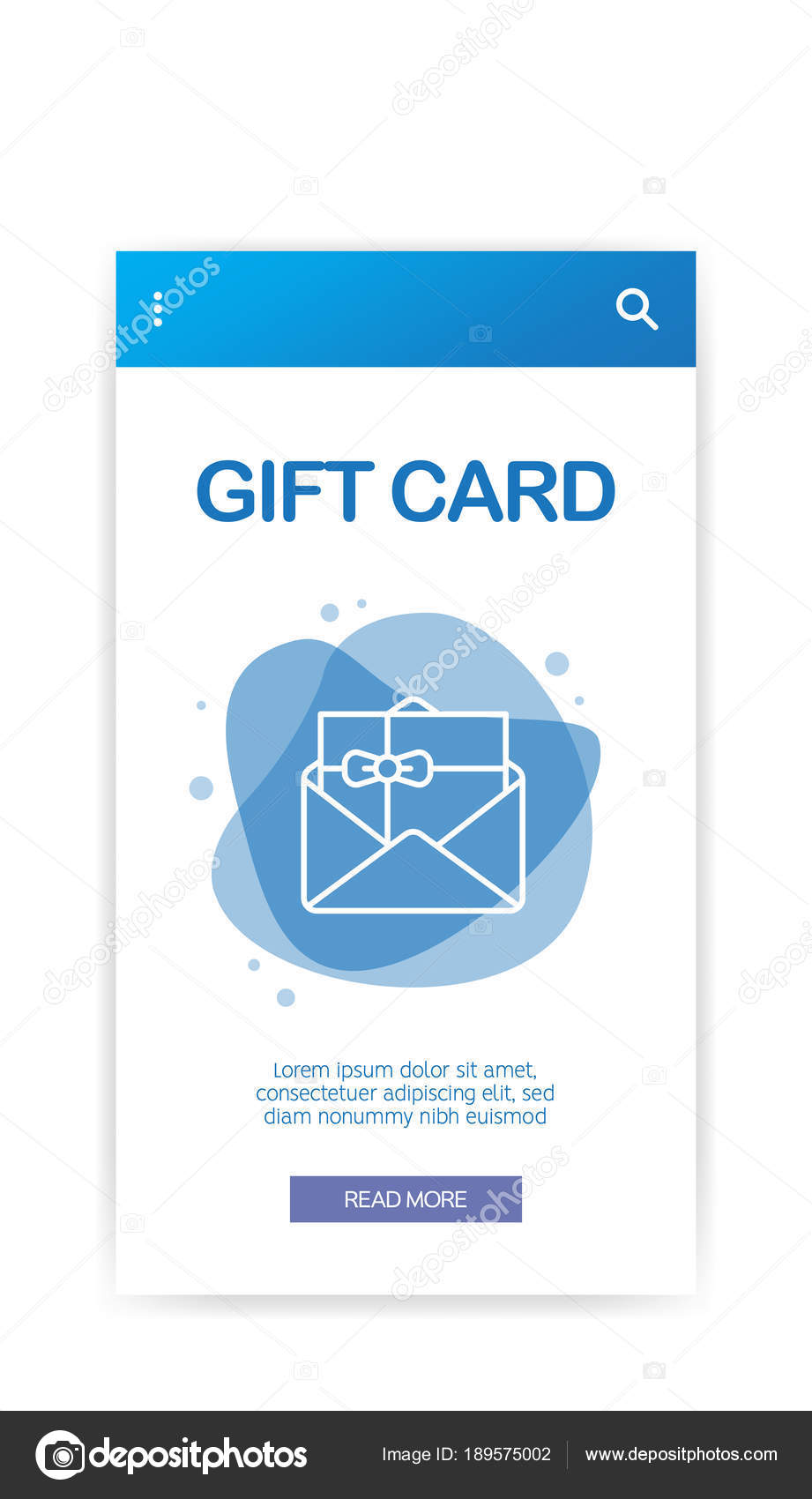Engraved glass honors evoke an undeviating spirit of devotion and excellence. They promote a society of recognition that transcends ordered borders.
Wheel engraving is presented on a goblet most likely made in the 1700s covered with complex Chinese-style motifs. These themes announced loyalty to the Jacobite cause. This is an exceptional example of just how imported Asian products influenced European style trends.
Origins
As glassmaking came to be much more innovative, engravers understood that a layout contributed to an item of glass transformed it from useful into preferable. They experimented with a range of scratching, abrading and cutting strategies.
The most knowledgeable engravers produced great detailed work. Anna Roemers Visscher, that was a glass cutter and engraver, was renowned for her delicate flowers, motivated by the natural history publications preferred in her time.
Engravers also sculpted great linework into glass. By the end of the 17th century, engravers had actually started to abandon direct quality in favour of crosshatched chiaroscuro effects. One of the earliest instances is recorded on a jug by a Rotterdam engraver that authorized his work with a doodled liberty and vigour that lifted it above the remainder.
Engraving continued to be a prominent strategy, although it was increasingly eclipsed by cut glass and brand-new strategies such as etching, which was less expensive than etching. Nonetheless, economic pressures after c1905, together with declining quality of cut glass, saw an increase in the appeal of personalized glass, known as rock crystal.
Methods
Glassmakers made use of a selection of techniques to mark or decorate the surface area of a vessel, usually combining different techniques. One method called stipple inscription, as an example, uses a point of tungsten or diamond to make small dots on the glass surface area which develop contrasting white lines when light sparkles via them.
Engraved glass awards are treasured for their beauty and status. They mirror the deep esteem and regard that firms hold for their employees and foster a culture of excellence.
The clarity of glass personifies the openness and sincerity of corporate recognition, encouraging recipients to take stock of their accomplishments and assess their trip in the company. In addition, the capacity of personalized glass to present personalized text and imagery allows for the creation of highly distinct and significant awards that evoke the sense of majesty associated with this amazing material.
Styles
From the sleek lines of corporate awards to the etched text on glass prizes, inscribed crystal is a classy icon of acknowledgment. Whether presented on someone's workdesk or maintained as a memento, these individualized items communicate a sense of status and professionalism and trust that is tough to discover in other materials.
The style of engraved glass has actually transformed with time to show altering tastes and technological advances. The ancient strategy of copper-wheel inscription has actually resisted predictions of obsolescence, and new strategies like etching are taking control of where stippling once held sway.
The earliest diamond-point engraving, of the 16th century, is tight and official. It slowly ended up being much more supple and pleasing, yet can easily deteriorate right into over-elaboration. In the 19th century Thomas Webb & Sons introduced "rock crystal" with deep cutting and copper-wheel engraving, which copied deluxe vessels cut of rock crystal gifts for him etched glass in Europe and the Orient (see Ewer by Webb & Sons). The firm's principal engravers were Bohemian immigrants Frederick Engelbert Kny and William Fritsche, who authorized their deal with a monogram G.
Meaning
Personalized glass was costly and demanded. This was because it entailed one of the most demanding glass refining technique and relied on the precision and effort of a skilled artisan. The highest point of engraving can be found in the 17th century and was quite a part of the Baroque and Rococo periods.
Throughout this time around, engraved cups could be utilized to communicate messages of social standing. They would display family members crests and political loyalties. They could additionally display one's preference for the current fashion and layout patterns.
Today, engraved glass is still a vital art type. However, developments in innovation and laser modern technology have structured the process and made it a lot more accurate. The resulting detailed layouts are both stunning and sturdy. Furthermore, brand-new kinds of glass have actually been established to respond much better to lasers. This has broadened the possibilities for musicians and designers. It likewise minimizes the ecological impact of the procedure. For example, optical crystal is an exceptional choice for personalized honors since it is clear and mirrors light well.
